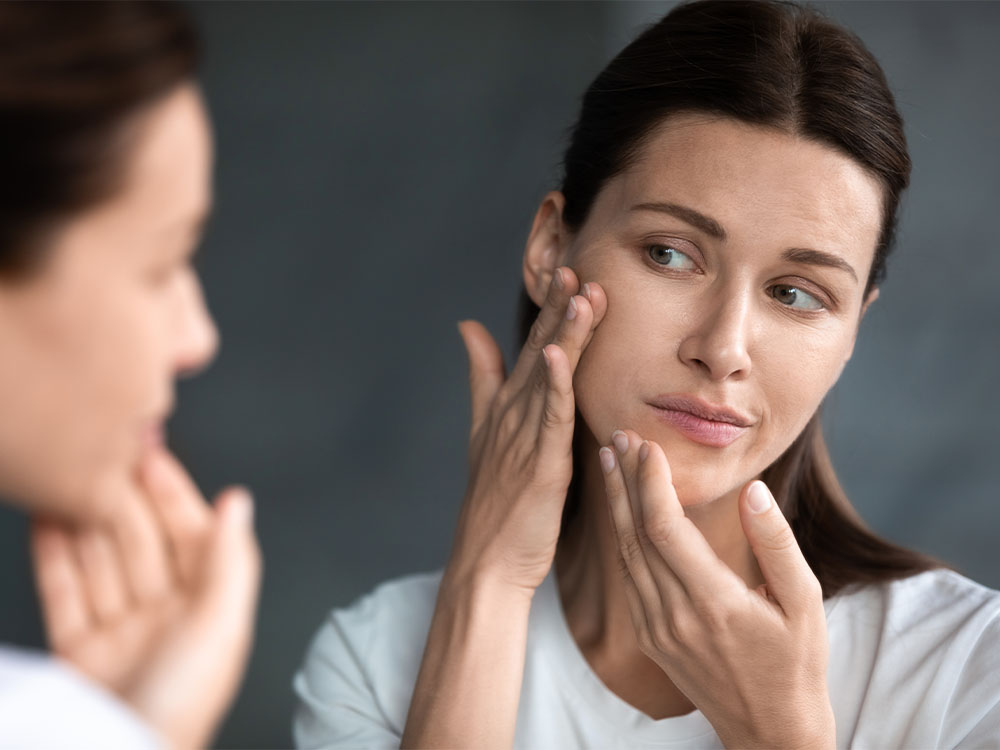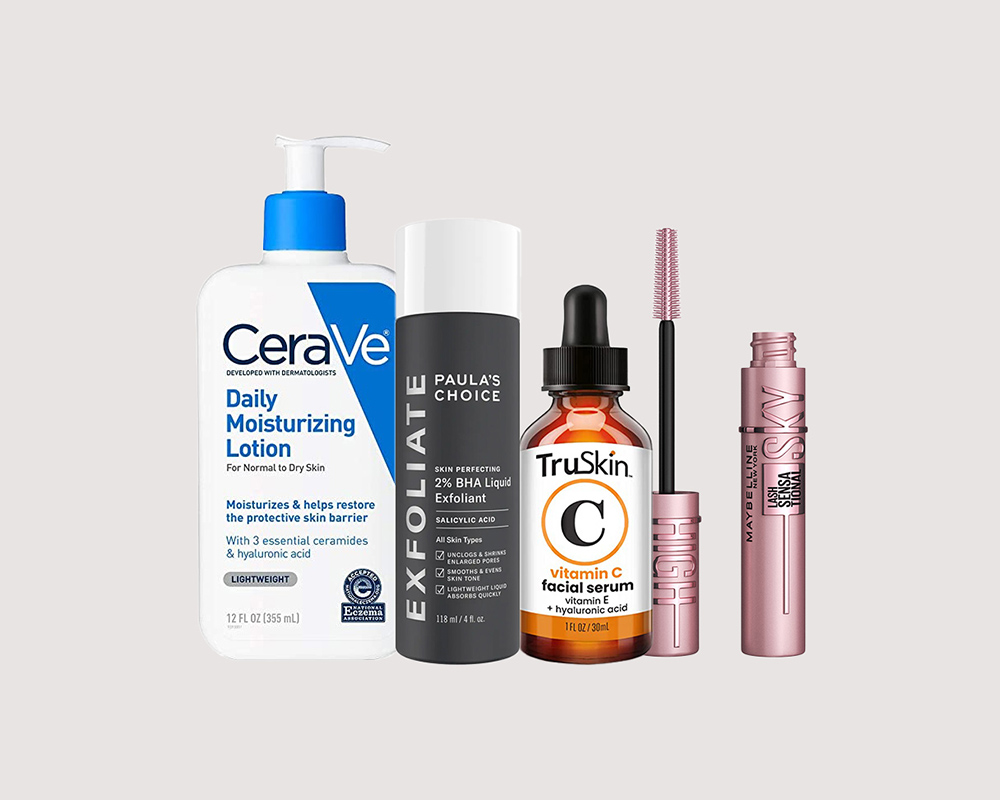
[ad_1]
I remember the last time I stripped my skin barrier like it was yesterday: I was testing products for our NewBeauty Awards last fall and I was very pregnant (i.e. my skin had become more sensitive) and I had no idea it would react so negatively to layering two serums containing ingredients I had used before with no issues. After about 20 minutes, my skin became hot and red, and stayed that way for nearly two hours. I knew something wasn’t right (this wasn’t the warm tingle that signals “it’s working”) and I immediately washed my face with gentle cleanser and slapped on a thick layer of repair balm.
If the same or similar has happened to you, you’re not alone. There are dozens of similar stories on Reddit, more than 185,000 #skinbarrier posts on Instagram and 309 million views of the hashtag on TikTok (and counting). Here’s how to repair a weakened skin barrier and get that beautiful glow back, stat.
Signs of a Weakened Skin Barrier
“The skin’s natural barrier helps to both seal in moisture and protect skin against acne eruptions due to bacteria buildup,” says holistic skin-care expert Tammy Fender, founder of her eponymous skin-care brand. “A weakened skin barrier can be seen both in skin that is overdry, and in skin that is overactive.” Celebrity aesthetician Nerida Joy adds that irritation, flakiness and ruddiness are also signs. “Skin becomes easily irritated—sometimes it’s oily and on other days it will feel dry—and it becomes slippery to the touch and doesn’t feel like it’s absorbing anything.”
How to Repair It
“You have to get back to basics,” says Joy. “Stop using products with active ingredients and switch to a very simple regimen. Start with a gentle, non-foaming cleanser and follow it with a simple, hydrating moisturizer that contains gentle ingredients such as shea butter, allantoin, glycerin, arnica, squalene, etc. When you cleanse your face, make sure the water is on the cooler side and don’t use any scrubs or drying clay masks.” I personally love repairing balms rather than traditional moisturizers when my skin is compromised, and Furtuna Skin Replenishing Balm works wonders for me (it’s also a 2022 NewBeauty Award winner).
Though you should avoid physical exfoliants like scrubs, Fender says that a gentle exfoliant like her cult-favorite Epi-Peel can be used once a week to encourage skin cell renewal. And to err on the side of caution, you can actually blend a small dab of Epi-Peel into a gentle, pH-balanced cleanser—Fender prefers a milky formulation like her plant-based Cleansing Milk—to create an extra-gentle scrub, and remove with a warm wash cloth.
Sunscreen use is imperative as well, though you might be hesitant to apply it on such fragile skin. However, choosing to skip it and risking sun damage on a weak skin barrier is much worse. “Choose a physical sunblock that is high in titanium oxide and zinc,” says Joy, who suggests avoiding chemical sunscreens that penetrate the skin barrier (physical, or mineral, sunscreens sit on the surface of the skin and reflect UV light rather than absorb it).
Fender recommends an inside-out approach to encourage the skin-repairing process, too. “You can also stay well-hydrated and eat foods that are supportive to the rebuilding process, like coconut, avocado, sweet potatoes and leafy greens.”
How to Tell If Your Skin Barrier Is Healthy Again
“Your skin will no longer feel tight and sensitive,” says Fender. “It will feel thicker and be soft and supple to the touch. It will absorb the products you apply without feeling slippery, or as if your products are just sitting on the surface of your skin. It will not have a midday-oily feeling, but will remain consistent with its look and feel.” Redness and breakouts should also be reduced, notes Joy. “A healthy skin barrier is essential for glowing skin.”
Find a Doctor
Find a NewBeauty “Top Beauty Doctor” Near you
[ad_2]
Source link






